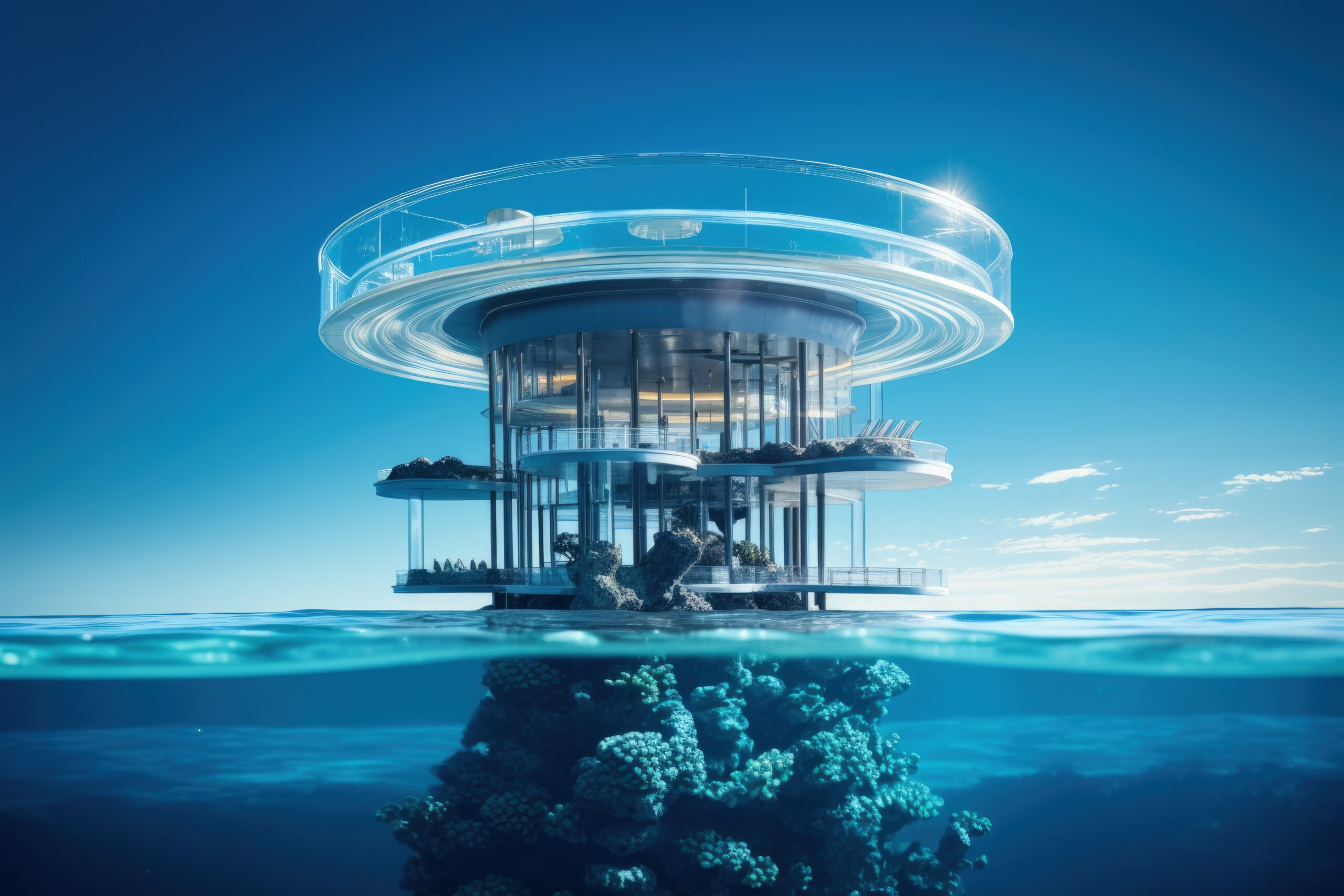Introduction to Deep Offshore Technology
Ever wondered how we extract oil and gas from miles beneath the ocean’s surface? That’s where deep offshore technology comes into play. It’s a mix of groundbreaking engineering, innovation, and sheer human determination that allows us to tap into resources hidden under vast, deep waters.
The Evolution of Offshore Exploration
Early Offshore Drilling
In the early 20th century, offshore drilling started close to the shore. Think of it like fishing from a pier instead of venturing deep into the sea. Platforms were fixed and simple, designed mainly for shallow waters.
Breakthroughs in Deepwater Technologies
By the 1970s and 80s, technology took a major leap. With advancements in materials, engineering, and underwater operations, we began exploring deeper regions—leading to today’s incredible deep and ultra-deepwater feats.
Key Components of Deep Offshore Technology
Subsea Production Systems
These are like underwater factories. Subsea trees, manifolds, and wellheads operate on the ocean floor, controlling the flow of oil and gas without the need for surface platforms.
Floating Production Storage and Offloading (FPSO) Units
FPSOs are floating vessels that process and store oil extracted from deep below. They eliminate the need for pipelines, making offshore production flexible and scalable.
Subsea Pipelines and Umbilicals
Pipelines and umbilicals transport oil, gas, and crucial control signals from the seafloor to processing facilities, ensuring continuous production flow.
Types of Deep Offshore Platforms
Semi-submersible Platforms
Semi-subs are partly submerged, providing stability even in rough seas. They’re a go-to for deepwater drilling and production.
Tension Leg Platforms (TLPs)
TLPs are anchored to the seabed with vertical tendons, reducing movement and making them ideal for deeper waters where stability is critical.
Spar Platforms
These giant floating cylinders are anchored vertically, offering excellent stability in ultra-deep waters.
Floating LNG Facilities
Floating LNG plants liquefy natural gas at sea, allowing transportation without relying on land-based infrastructure.
How Deep Is “Deep”?
Definitions: Shallow vs. Deep vs. Ultra-Deep Water
-
Shallow Water: Up to 500 feet
-
Deep Water: 500 to 5,000 feet
-
Ultra-Deep Water: Beyond 5,000 feet
Modern offshore technology thrives mostly in the deep and ultra-deep categories.
Technologies Enabling Deep Offshore Operations
Remote Operated Vehicles (ROVs)
ROVs are robotic divers controlled from ships, handling repairs, inspections, and construction tasks deep underwater where humans can’t reach.
Autonomous Underwater Vehicles (AUVs)
Unlike ROVs, AUVs operate independently. They map the seafloor, inspect pipelines, and gather data—like self-driving cars, but underwater!
Advanced Drilling Technologies
From dynamic positioning systems to drillships, advanced drilling technologies ensure that we hit targets miles below with pin-point precision.
Challenges in Deep Offshore Projects
Harsh Environmental Conditions
Imagine working where crushing pressures, icy temperatures, and strong currents are the norm. Deep offshore technology must survive and thrive in these extremes.
High Costs and Economic Risks
Deepwater projects cost billions. A small mistake can cause financial disasters, making risk management absolutely vital.
Safety and Environmental Concerns
From oil spills to blowouts, safety is a constant concern. Companies invest heavily in contingency planning and safety systems.
Innovations Making a Difference
Digital Twin Technology
Digital twins create real-time virtual replicas of offshore assets, helping engineers predict failures and optimize maintenance without setting foot offshore.
Robotics and AI in Deep Offshore
AI and robots now assist in everything from predictive maintenance to autonomous inspections, making offshore operations smarter and safer.
Environmental Impact and Sustainability
Mitigating Environmental Risks
Companies now use technologies like spill containment domes and subsea well caps to minimize environmental harm in case of accidents.
Regulatory Frameworks
Governments enforce strict rules to protect marine ecosystems, requiring detailed environmental impact assessments before projects even begin.
Major Players in Deep Offshore Technology
Top Companies Leading Innovation
Names like Shell, BP, TotalEnergies, and ExxonMobil are the heavyweights. Specialized companies like TechnipFMC and Subsea 7 are crucial players too, offering cutting-edge subsea solutions.
Future Trends in Deep Offshore Technology
Renewable Energy Offshore Innovations
Floating wind farms and hybrid platforms combining oil, gas, and renewables are setting the stage for a greener future offshore.
Integration of Big Data and IoT
Offshore installations are becoming data-driven, with IoT sensors and analytics helping optimize production, maintenance, and environmental monitoring.
Conclusion
Deep offshore technology is like the final frontier of Earth’s energy exploration. It’s mind-blowing to think about how far we’ve come—from simple near-shore drilling to tapping reservoirs miles under the ocean. And with technology advancing at breakneck speed, the future promises even deeper, safer, and more sustainable operations offshore. So, next time you fuel up your car or turn on your lights, remember—there’s a whole world of innovation deep beneath the waves making it all possible!
FAQs
1. What is deep offshore technology?
Deep offshore technology refers to the engineering systems and innovations used to explore, extract, and process oil and gas located in deep and ultra-deepwater environments, typically beyond 500 feet of water depth.
2. How deep can offshore drilling go?
Modern offshore drilling can reach depths beyond 10,000 feet (over 3,000 meters), especially in areas like the Gulf of Mexico and off the coast of Brazil.
3. What are the biggest challenges in deep offshore operations?
Extreme pressure, low temperatures, powerful currents, high project costs, and environmental risks are some of the major challenges.
4. What technologies are revolutionizing deep offshore exploration?
Technologies like ROVs, AUVs, digital twin models, AI-driven robotics, and advanced dynamic positioning systems are transforming the industry.
5. Are there environmentally friendly offshore solutions?
Yes, innovations like floating wind farms, spill containment systems, and hybrid energy platforms are paving the way for more sustainable offshore operations.

